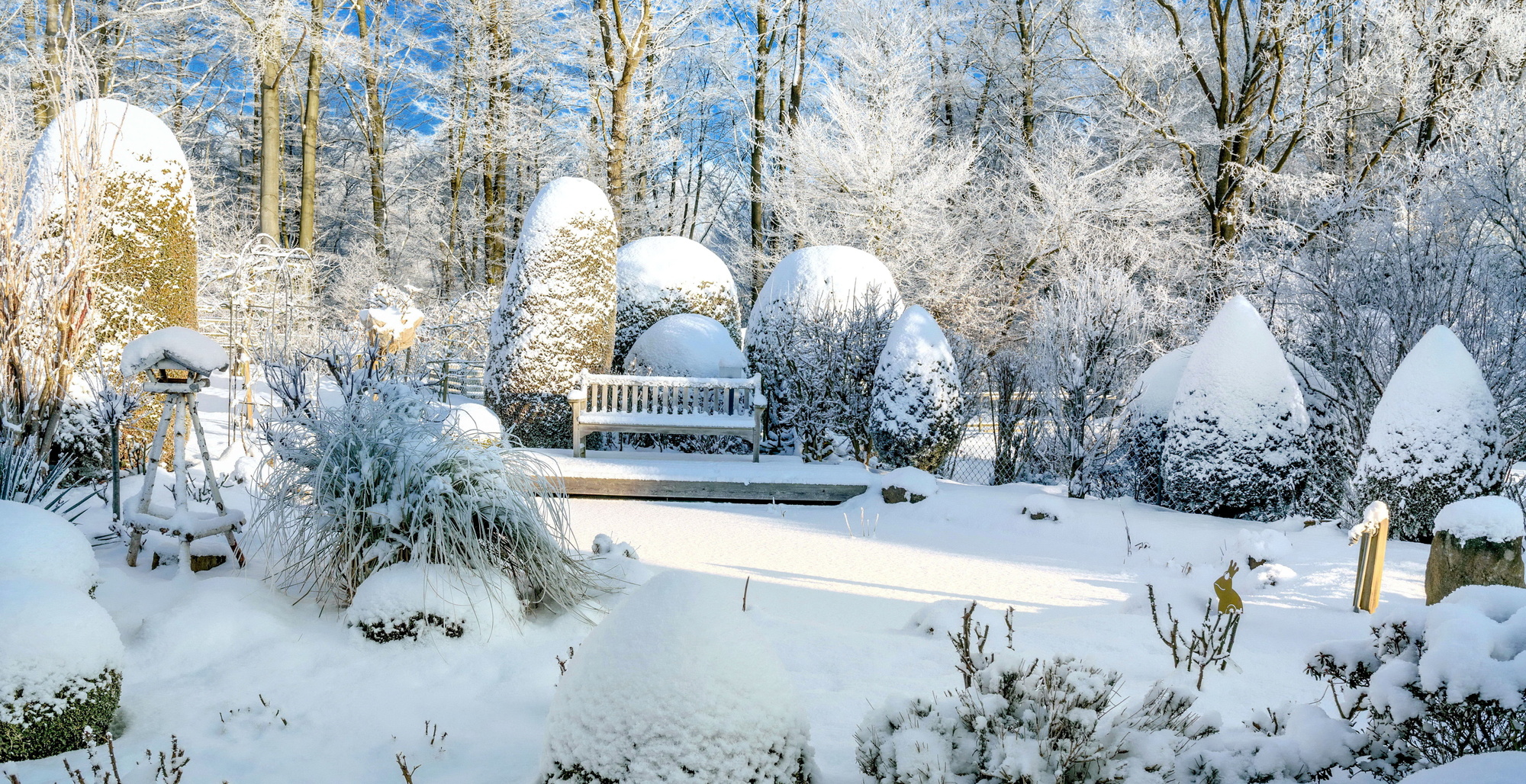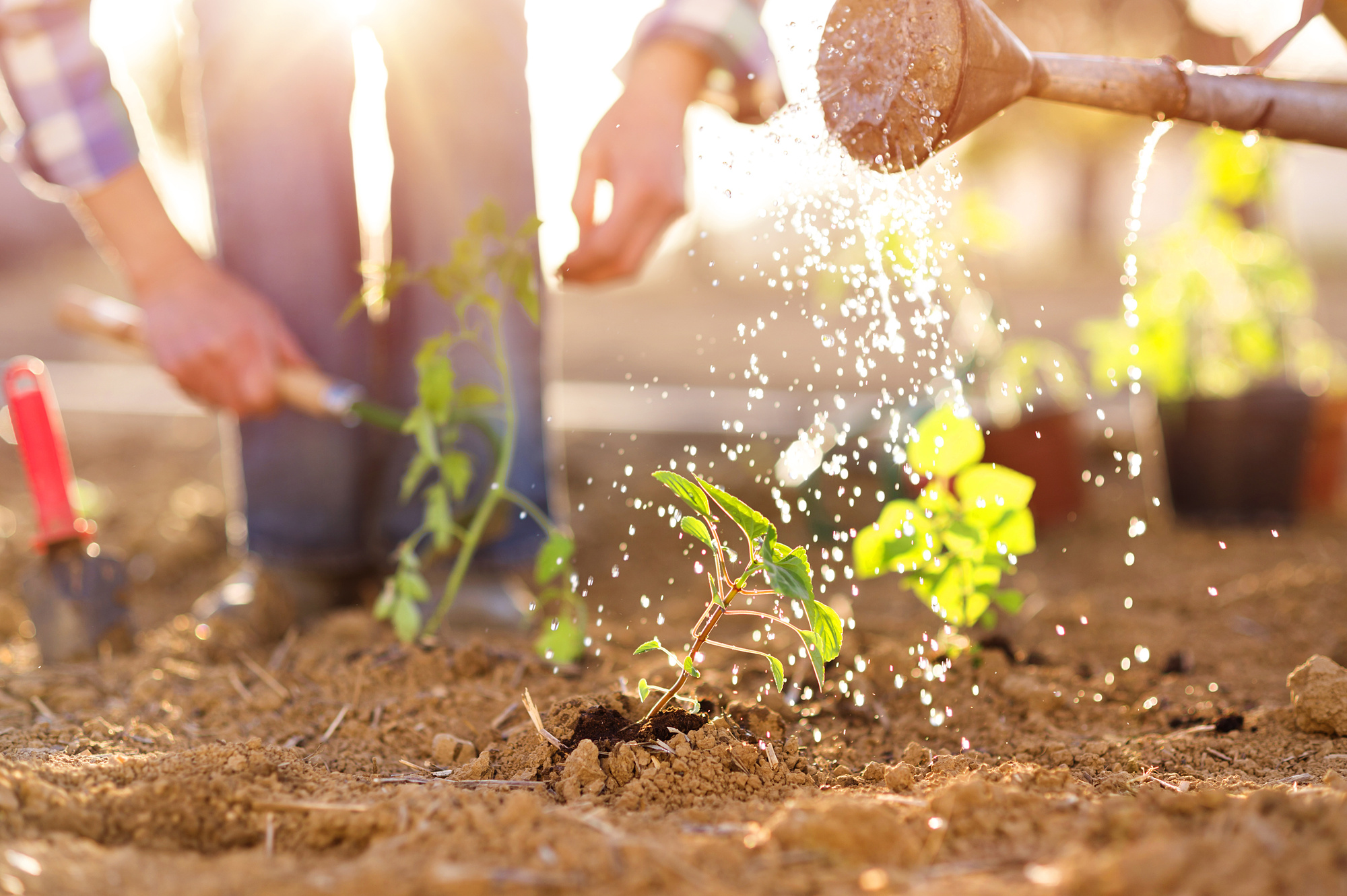How a Green Roof Could Improve Your Building
A green roof is more than just a roof—it’s a natural-looking, beautiful way to support the environment in a developed area. The times of grey, rock-bedded roofs and blacktops are being overtaken by more environmentally aware efforts, and the results are worth it.
From its start in ancient Egypt to evolutionary phases in Europe, green roofs have come a long way. And the ecological benefits they can provide are needed now more than ever. Which is probably why there are more green roofs in Milwaukee now than ever before too, like this one on the Milwaukee Public Library.
If you are thinking about getting a green roof, understanding the benefits and considerations should be your first step.
What Are the Benefits of a Green Roof?
They Reduce Pollutants in Water
Because green roofs absorb rainwater, they reduce wasteful runoff, which promotes healthier soil and water.
According to research from Michigan State University, 60%to 100% of stormwater is absorbed in green roofs. Reducing runoff into existing soil and water sources reduces the flow of pollutants, which improves soil and water quality. And that’s not all—green roofs also lower energy use.
They’re Energy Efficient
Green roofs provide natural insulation that can reduce energy emissions and, subsequently, a building’s carbon footprint.
According to the British Columbia Institute of Technology, in the colder months heat is retained and in summer the vegetation absorbs the heat from direct sunlight. Just how much can a green roof save you? The National Parks Services estimates that green roofs can save $200,000 over a 40-year span, with two-thirds of the savings coming from reduced energy.
They Support Agriculture and Vegetation
Giving your roof a platform for growth breathes new life into the atmosphere, literally. The EPA’s study on reducing heat islands illustrates that allowing vegetation to grow on your roof promotes plant growth while reducing pollutants.
Here’s how it works: The most common pollutants emitted from buildings are carbon dioxide and monoxide. And, as you may or may not know, plants absorb carbon dioxide during photosynthesis. So, by having a green roof on your building, you can effectively prevent the emission of this pollutant into the atmosphere. This is great for the plants and the atmosphere.
Considerations for Green Roof Installation
According to an article from Forbes, a leaking green roof is a common myth (among many). In fact, in a well-planned green roof, the root barrier absorbs water, so it’s unlikely to leak. True, a missing root barrier could lead to leaking, but if the roof is properly planned and maintained, it shouldn’t. This is why it’s important to work with a qualified and experienced green roof landscaper and installer. Neglecting to do so could mean long-term structural damage to your property.
A few other things you will want to keep in mind include:
- There are three types of green roofs you can choose from: extensive, intensive, and semi-intensive.
- An extensive green roof is considered the most cost-efficient.
- Extensive green roofs consist of small grasses, sedums, and herbs that require low maintenance.
- Intensive green roofs are larger in scale but offer more room for vegetation, as well as increased biodiversity.
Which is right for your building depends on your space, goals, and budget.
Contact Us for a Consultation
No matter the type, a green roof can have a positive effect on the environment and your property. Whether you’re hoping to improve your property’s looks or carbon footprint, a green roof can help. And there are plenty of other sustainable landscaping options available too.
If you’re ready to learn more, contact American Landscape. We’d love to help you bring your roof to life!





